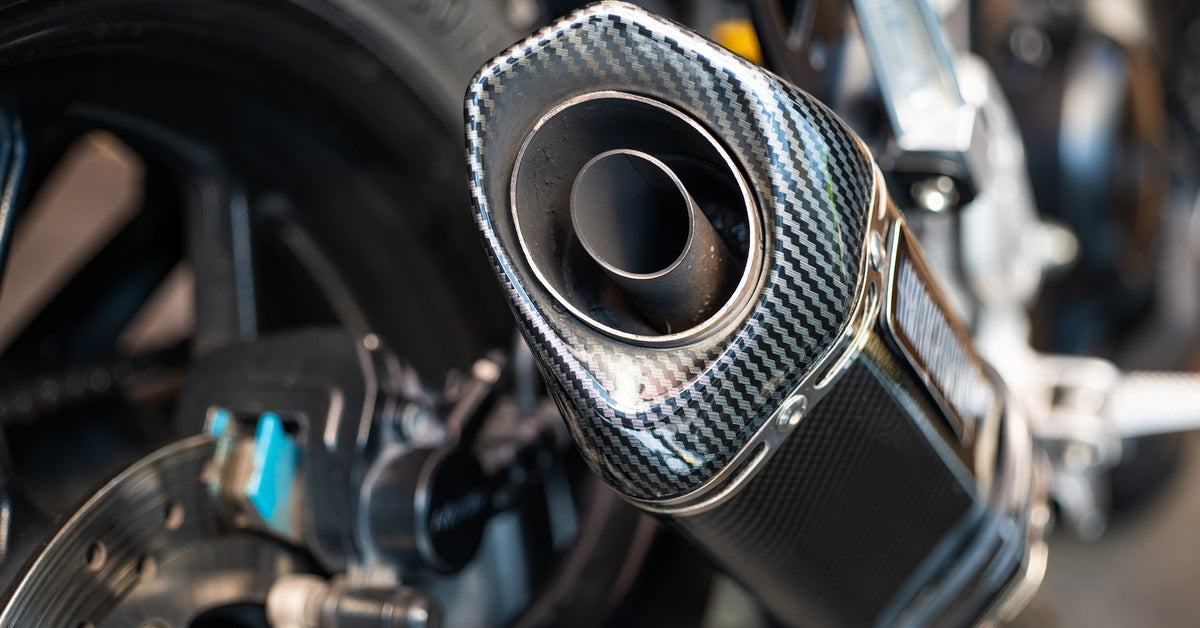
Even with the advancement in automotive technologies, how a car or truck ignition system works really hasn't changed much in decades. Some of the things that have changed include how the spark is created, distributed and delivered to the engine's combustion chamber. How a gasoline-combustion engine works is fairly straightforward and simple. The engine has to have fuel, air and spark to create an explosion that sets the motor's piston(s) in motion. Burnt and un-burned fuel is then exhausted into the atmosphere and the process is repeated in very rapid cycles.
3 Types of Car Ignition Systems
When you turn the key to crank the engine in your vehicle, the ignition system sends high voltage (20,000 to 50,000 volts) to the spark plug in each of the engine's cylinders. As that energy arcs across the gap at the bottom of the plug, a flame-front ignites the air/fuel mixture. The timing of this process must direct the correct amount of spark to each individual combustion area at exactly the right time. Generally speaking, there are three (3) types of ignition systems still found in cars and trucks today. First, the mechanical ignition system found in vintage vehicles that used no electronics. The electronic ignition system designed to be more reliable and provide better emission controls. Finally, the distributor-less ignition system that has no moving parts and is computer controlled.
Environmentally Friendly Spark Plugs
As you may know, most of the air pollution caused by man results from the burning of fossil fuels (such as gasoline, natural gas or diesel) used to power our vehicles and other gasoline-powered motors. These carbon emissions, in turn, contribute to climate change that can have serious consequences for our environment. Emissions like carbon dioxide and other greenhouse gases trap solar energy in the atmosphere causing a rise in global temperatures. One of the original goals at E3 Spark Plugs was to produce a more environmentally friendly plug. We take pride in the fact that in extensive testing it was proven that E3 spark plugs can reduce fuel consumption in small engines up to 13%. Read more...







